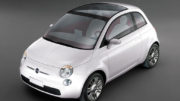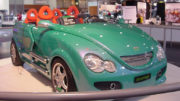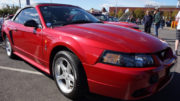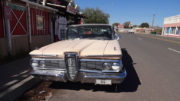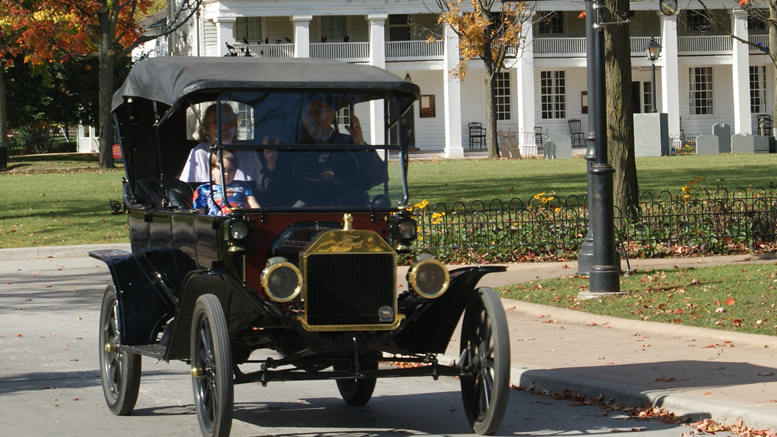
To celebrate the centenary of the Ford Motor Company in 2003, six very special Model Ts were built that replicate in true fashion the original 1914 Model T. The six 2003 Model T-100s were all donated to museums with four of the cars going to the Henry Ford Museum.
The 2003 Model T-100s were made by hand and replicate in true fashion the 1914 Model T. The six new models are identical to the originals, from the throttle to the engine crank.
“All of the parts in these vehicles are new,” said William Leland, Model T-100 project manager. “The company worked with dozens of craftsmen and suppliers to make the parts used in these new vehicles, and the results are astounding.”
Many new parts are still available for the model T as small companies reproduce the original design of many of the parts, often to improved quality and performance. Where new off the shelf parts couldn’t be used one off designs were made by hand to match the original design.
The Model T did change and evolve over its lifetime and many Model T enthusiasts can spot the difference between a 1913 and 1914 T from a mile off. These changes like dropping of many brass and cherry wood items in favor of painted steel helped Ford drop the Model T price from $825 in 1909 to under $300 in 1925 for the basic model.
The company chose to reproduce the 1914 Model T for a number of reasons. It was the first vehicle built on Henry Ford’s innovative moving assembly line, the first vehicle to be offered “in any color as long as it’s black,” and 1914 was the first year of the revolutionary $5 workday wage.
The Model T was introduced on October 1, 1908 and ceased production on May 26, 1927. During that time more than 15, 000,000 Model Ts were built and sold worldwide. In 1914, the company produced 300,000 units.
“The Model T is the car that essentially launched the company,” said John Rintamaki, group vice president and chief of staff, Ford Motor Company. “With the Model T, Henry Ford put the world on wheels by producing an affordable vehicle for the masses.”

